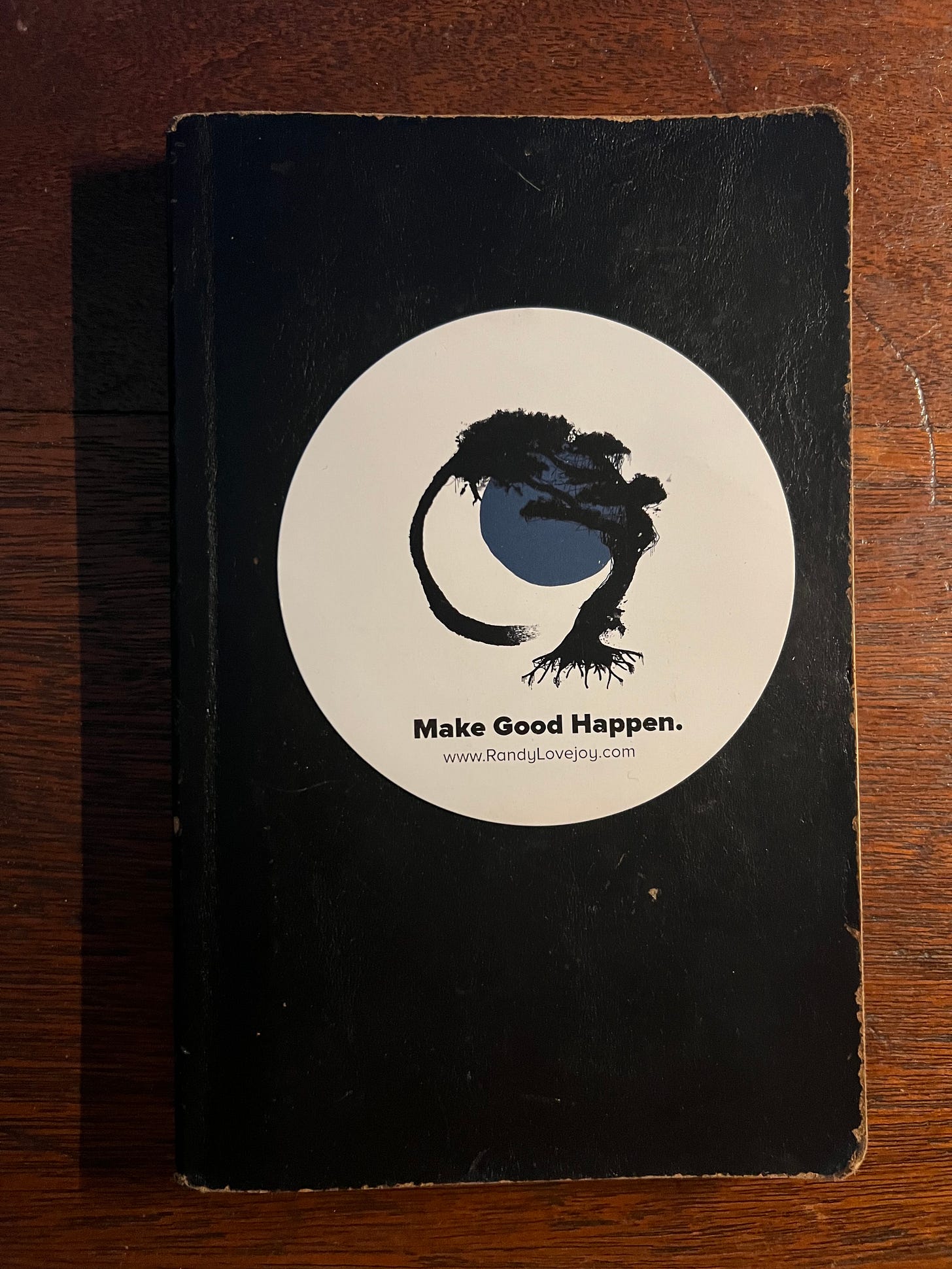The Prayers of That Great Cloud of Witnesses
The Sarum Primer: A Compendium Entry
Introduction:
Recently, I came across a prayer book I hadn’t used in the past year. The rapid, though natural, change in the health of our elderly parent and the “son to man” development in our two boys, not to mention our own move toward “retirement age,” propelled me to save some time by using the ready-made Book of Common Prayer of my Presbyterian Church to structure my morning devotions. Now that our son and daughter-in-law have moved back to New York and our youngest son is back in school in Boston, I have the time available to take a more active role in organizing my Scripture reading and prayer.
It was interesting to look over the quotes, Bible passages, and prayers I have written in over the last decade. Most of the quotes remain quite relevant to my next steps with Jesus (see a few of them below). Some of the prayers dated from 2017 have been answered (“Raise two godly boys with my godly wife.” 10/28/2018) Some are no longer relevant (relating to Cheryl’s role as president of an organization, 10/11/17 and my role as staff at the Presbytery, 11/27/18). Some continue to be relevant (“That our great grandchildren would be recognized as part of a family tree that has been fruitful, loyal and brave,” 8/8/18) Others are relics of the past (“That Lucas’ dorm would be perfect for him with just the right roommates.” 7/28/19). It encouraged me to begin again, reviewing what I had written during past chapters of my life and adding more in this new “empty-nester” chapter.
It is kind of like my own personal “Sarum Primer,” the medieval prayer book from which the following prayer has been taken.
Prayer:
God be in my head, and in my understanding;
God be in my eyes, and in my looking;
God be in my mouth, and in my seeking;
God be in my heart, and in my thinking;
God be at my end, and at my departing. Amen.
Context:
The Sarum Primer was a late medieval prayer book for the laity developed in Salisbury, England and used from the 11th century until the English Reformation in 1534.. "Sarum" is the Latin name for Salisbury, and "primer" was the then common term for a book of devotions.
In that time, kingdoms were held together by combining the political power of the monarch with religious devotion instilled by the church. Peace was sought by ensuring that everyday citizens worshiped, prayed, and, at least in public, believed the same things. When the monarchy and the church conflicted, everyday life was thrown into turmoil.
When the Normans conquered England in 1066, they brought French language, French literature, French law, and French liturgy with them. William the Conqueror appointed his nephew, Osmund, who had formerly served as Lord Chancellor for eight years prior to the Normans, Bishop of Salisbury in 1078. There, in the settlement which was then also called by the Latin name of Sarisburium or Sarum for short, Osmund undertook the great task of revising and codifying the liturgy in his diocese into something which would satisfy Normans and Saxons alike.
The Sarum Liturgy was adopted in Winchester Cathedral, the universities of Oxford and Cambridge, London, all the chapels royal, and even Canterbury. King Henry VIII, after being declared Supreme Head of the Church in England, ordered the suppression of all other litrugies in favor of Sarum. After his death, his son, Edward VI, who had been raised Protestant, replaced the Sarum Primer withthe First Book of Common Prayer (1549) and the Second Book of Common Prayer (1552) both products of the English Reformation. The Catholic Queen Mary temporarily restored the Use of Sarum, ordering a reprint of the Sarum books in 1555. That was the last time the Sarum Use was to enjoy any official status in the English Church.
Application:
Monarchies, whether political or religious, are rare in our day. We are free to choose what touches our hearts, what is most necessary and critical in our everyday life. Though we can certainly ask for help from the church (and some take refuge in the comforting curation of the Sarum Primer in our rapidly changing and confusing world), we can decide with our friends and families what form of worship and which prayers and Scriptures are most helpful to have God, as the prayer says, in our understanding and looking, our seeking and thinking as well as, eventually, in our departing.
Make your own prayer book:
Begin with some introductory artwork, quotations, and even song lyrics that will help you slow down and focus on prayer.1
Begin a section listing the concerns and desires of your heart in prayer form and be sure to list the date when you began to pray with space to add the date by which those prayers are answered.
Research and collect prayers and liturgies of the past that speak to you and your situation.2
Over time, as the number of prayers grows, you may want to develop categories in your prayer book and pray the prayers of one of the categories each day.3
Most of all, be creative and free as you develop this book in your journey with Christ.
A few aspirational quotes of my own to get you started: (1) Christianity is freedom explored day after day after day. -C3 Worship leader Nov 29, 2020 (2) …a heart that is nourished neither by the world, nor by fantasy, but by (God) alone. Jean-Pierre De Caussade, The Sacrament of the Present Moment, p. 2 (3) Wyclif always impressed his colleagues - even those who most bitterly opposed him - with the sanctity of his personal life. David Lyle Jeffrey, The Law of Love, p 33.
Use these Sunday posts as a resource!
I have settled, at least for now, on the categories of “Personal Discipleship,” “Little Monastery in the World,” (Family) and “Platform” (Work).



